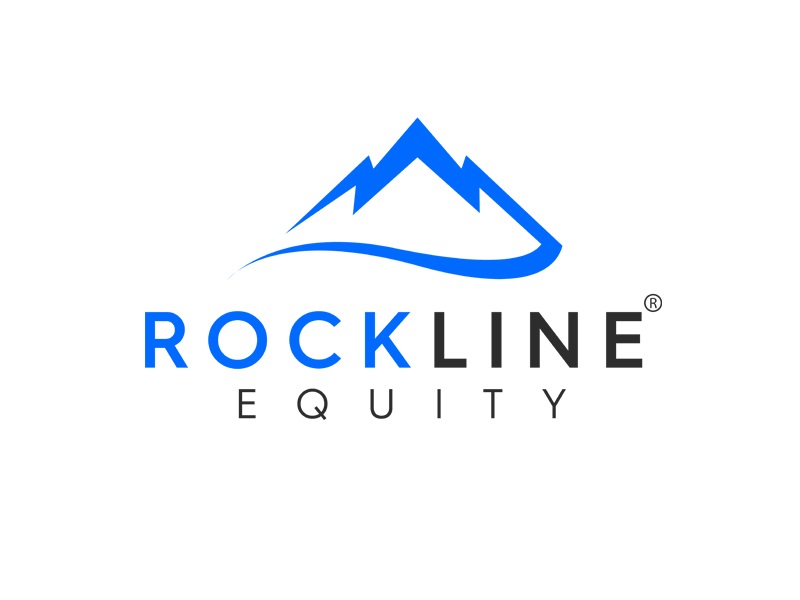What is Your Business Worth?
Common Methods of Valuation
There are many accepted methods for determining value when it comes to your business: Book Value, Discounted Cash Flow, Multiples of Cash Flow and Multiples of something else—for example, some industries are valued at a multiple of subscribers, or multiple of EBITDA or Owner’s Discretionary Earnings, etc.
Our Approach to Valuation
Rockline Equity values companies based on their ability to generate sustainable, operating cash flows.
We typically use what’s referred to as an Excess Earnings valuation approach, which is the method most commonly used by appraisers and even the I.R.S. to value small and medium-sized privately held companies.
We use both the company’s balance sheet – recast to account for today’s values rather than book value – and the company’s historic earnings as a means of calculating value.
To determine sustainable cash flow, we adjust earnings to include some addbacks or subtractions to the earnings.
For example:
Positive add backs that increase the calculated earnings may include:
– Owners excess compensation
– Owner-benefits such as car rental allowances above market rates
– Owners benefits that are not required to run the business such as vehicles, vacations, etc.
Reductions that may decrease the calculated earnings include:
– Additional salaries required when the owner departs to replace Owner’s duties post close
We calculate the value of the assets in terms of replacement costs to determine the adjusted book value of the assets.
We then apply an expected rate of return on the assets we purchase as part of the acquisition.
The difference between the expected rate of return on the assets and the adjusted earnings of the company make up its excess earnings.
We typically pay the full adjusted book value on the company assets we purchase, plus a multiple of the excess earnings of anywhere from 2-3x.
In today’s market, and for the past several years, most small and medium-sized privately-owned companies sell for an average of 2.25x multiple of cashflows which do not take into consideration the value of the actual assets of the company.

In other words, Rockline Equity pays a premium to sellers by paying the fair market value of the assets, plus a multiple of 2-3x the earnings, ensuring that all sellers receive a fair price for their businesses.
Stock vs. Asset Sales
In most cases, when we buy a company, we buy the assets of the company, making the purchase an asset sale. On rare occasions when contractual-based revenues are tied to the company, we may agree upon a stock purchase. We’ve completed both asset- and stock-sale acquisitions in the past.
In almost all cases, the lenders will require both Buyers and Sellers to have Capital at risk in the acquired business.
We as the buyer are typically required to make a significant down payment.
Sellers typically offer seller-financing as part of the transaction. In most cases, banks and lenders typically prefer Sellers of the company to continue to have a vested interest in seeing the company succeed over a period of time.
As such, lenders and banks require that the Seller financing be subordinated to their own first-position, ensuring that the Seller is in second position behind the primary lender.
EBITDA Multiples
Some adjustments to the value of your business are a result of the industry, geography, the capital markets, and the unique qualities inherint in your business. Other factors we look at to determine adjusted value:
– Sales growth rate
– Gross Profit Margin
– Annual EBITDA
– EBITDA Margin
– Annual capital expenditures
– Working capital requirements
– Customer concentration
– Market conditions and industry-specific trends
– Barriers to Entry such as patents, licenses, trade agreements, etc.
